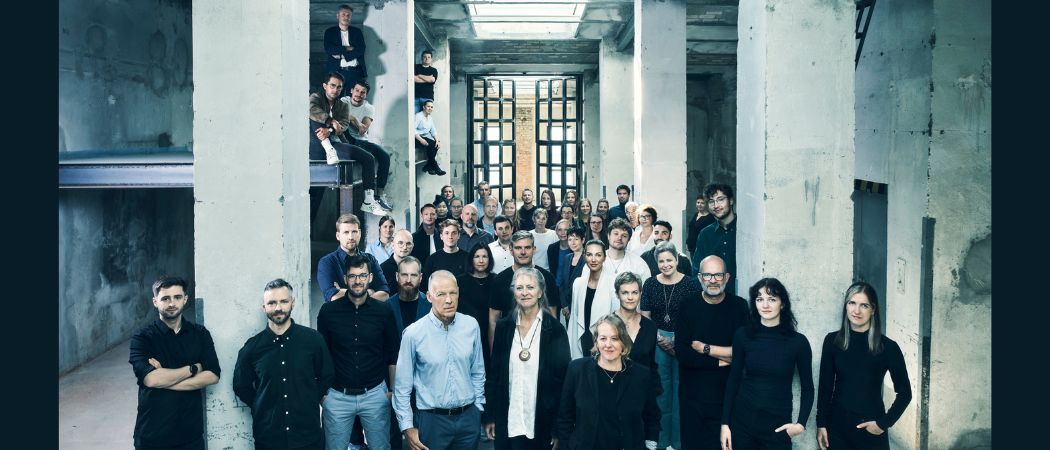Grants in two weeks, little paperwork, and competition to achieve real-world results: can a new body generate disruptive technologies?

Federal Agency for Disruptive Innovation (Sprind) team. Photo credits: Sprind
About a 15-minute walk from Leipzig’s main train station, past office blocks, hardware stores and garden centres, sits a former railway logistics building near the end of a dilapidated road in a warren of tired-looking warehouses. As you approach, there’s little to suggest that it contains Germany’s great hope for re-invigorating its economy.
Enter the Federal Agency for Disruptive Innovation (Sprind), however, and suddenly the vibe shifts – it’s like walking into a start-up pitch. A youthful team, among whom it’s impossible to feel underdressed, is working away in an office of exposed whitewashed brickwork, huge Monstera plants, and – of course – table football.
With Germany and the EU anxious about weak growth and the technology gap with the US, Sprind was created in December 2019 to pioneer new ways of funding and supporting teams trying to create what are dubbed…
Discover the latest in research funding every Tuesday with Funding Newswire. Dive into detailed articles with our monthly or yearly subscriptions or start with a free trial
NOTE: if you're a part of one of our Network member organisations, you get free access by signing up with your institutional email. Verify your eligibility here.





 A unique international forum for public research organisations and companies to connect their external engagement with strategic interests around their R&D system.
A unique international forum for public research organisations and companies to connect their external engagement with strategic interests around their R&D system.